|
The Swiss Alps contain about 30 000 km of streams and rivers, 17 natural and 47 artificial lakes, each with a surface area
of more than 0.5 km2, as well as numerous smaller mountain lakes and ponds.
Due to the severe physical conditions of the alpine environment, they provide habitats which are characterized by often extreme conditions.
In addition, conditions change enormously with altitude and season.
Besides being of ecological interest, water resources from alpine habitats have an important economical value. Water from
alpine catchments provides drinking water for millions of people who live outside the alpine zone; it is used for irrigation and hydroelectric
power production. Too much water may cause floods, mudflows and landslides.
|

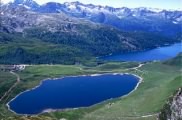 1
1
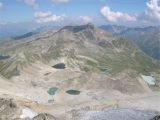 2
2
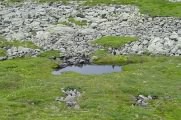 3
3
 4
4
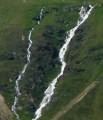 5
5
 6
6
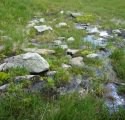 7
7
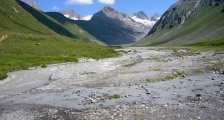 8
8